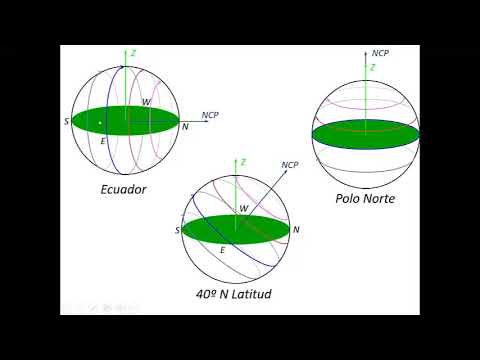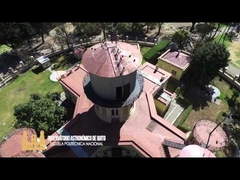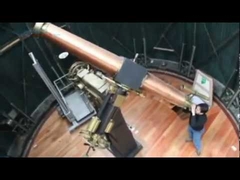Prospects for Time-Domain and Multi-Messenger Science with AXIS
AUTORES:Riccardo Arcodia, Franz E. Bauer, S. Bradley Cenko, Kristen C. Dage, Daryl Haggard, Wynn C. G. Ho, Erin Kara, Michael Koss, Tingting Liu, Labani Mallick, Michela Negro, Pragati Pradhan, J. Quirola-Vásquez, Mark T. Reynolds, Claudio Ricci, Richard E. Rothschild, Navin Sridhar, Eleonora Troja, Yuhan Yao.
abstract

The Advanced X-ray Imaging Satellite (AXIS) promises revolutionary science in the X-ray and multi-messenger time domain. AXIS will leverage excellent spatial resolution (minus that 1.5 arcsec), sensitivity (80× that of Swift), and a large collecting area (5–10× that of Chandra) across a 24-arcmin diameter field of view at soft X-ray energies (0.3–10.0 keV) to discover and characterize a wide range of X-ray transients from supernova-shock breakouts to tidal disruption events to highly variable supermassive black holes. The observatory’s ability to localize and monitor faint X-ray sources opens up new opportunities to hunt for counterparts to distant binary neutron star mergers, fast radio bursts, and exotic phenomena like fast X-ray transients. AXIS will offer a response time of minus that 2 h to community alerts, enabling studies of gravitational wave sources, high-energy neutrino emitters, X-ray binaries, magnetars, and other targets of opportunity. This white paper highlights some of the discovery science that will be driven by AXIS in this burgeoning field of time domain and multi-messenger astrophysics. This White Paper is part of a series commissioned for the AXIS Probe Concept Mission; additional AXIS White Papers can be found at the AXIS website.










